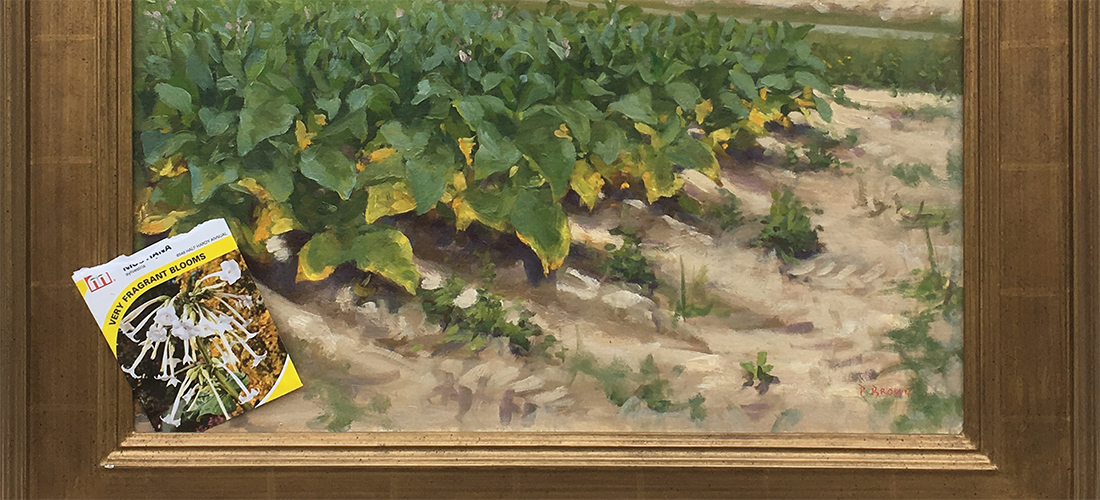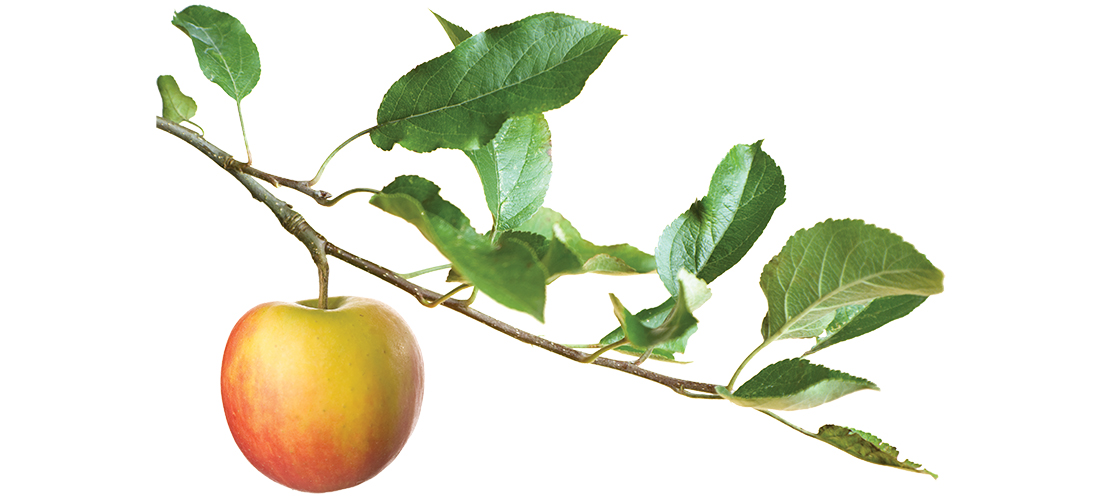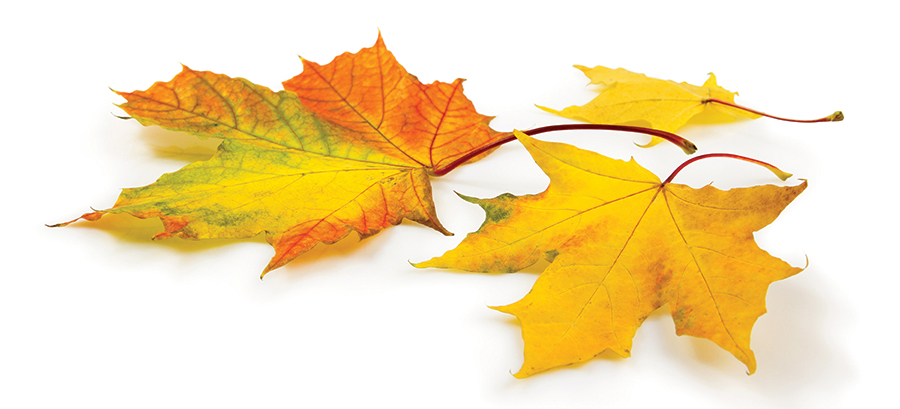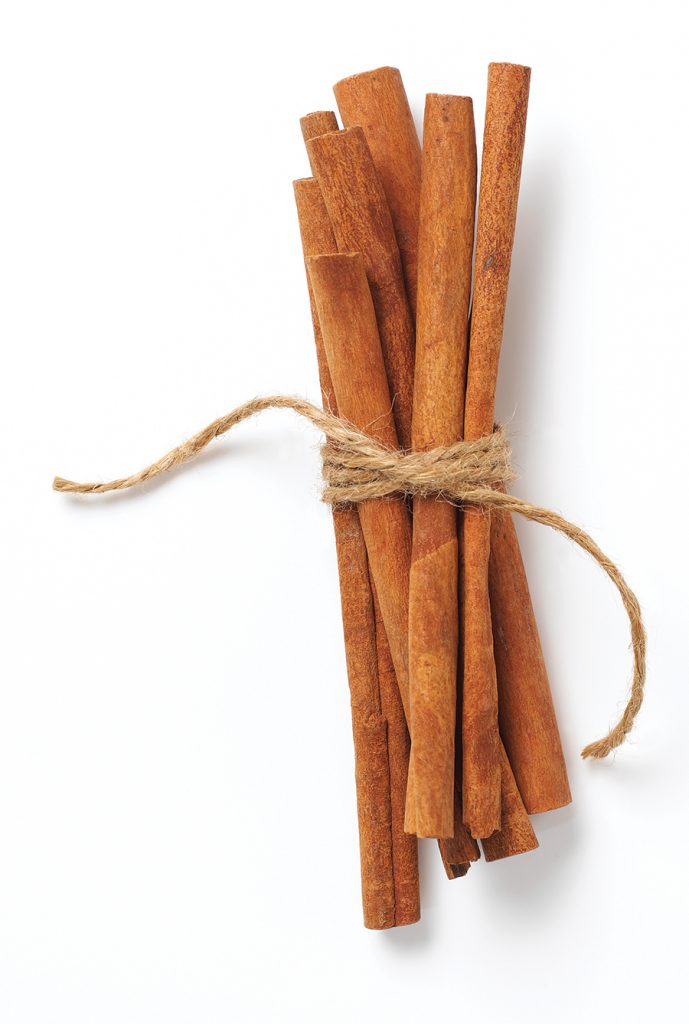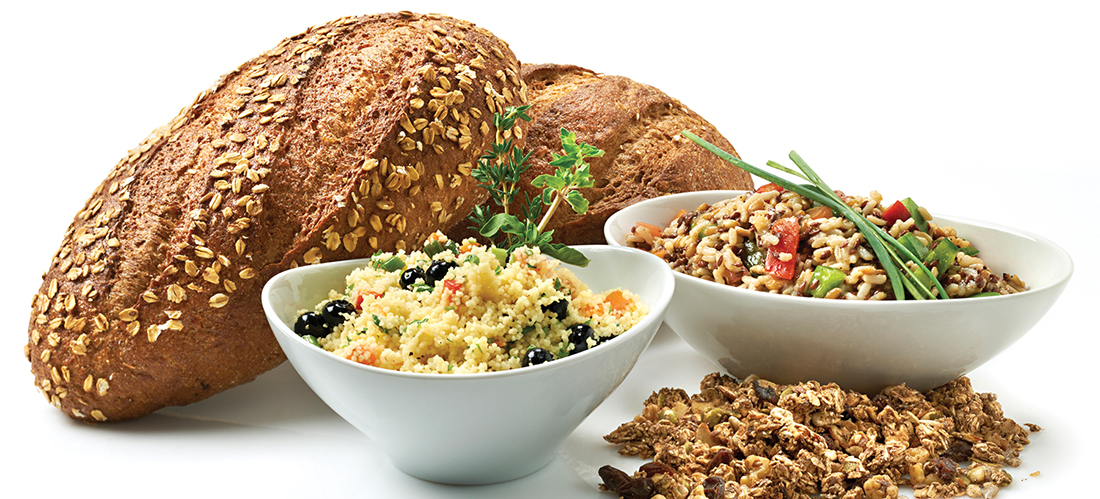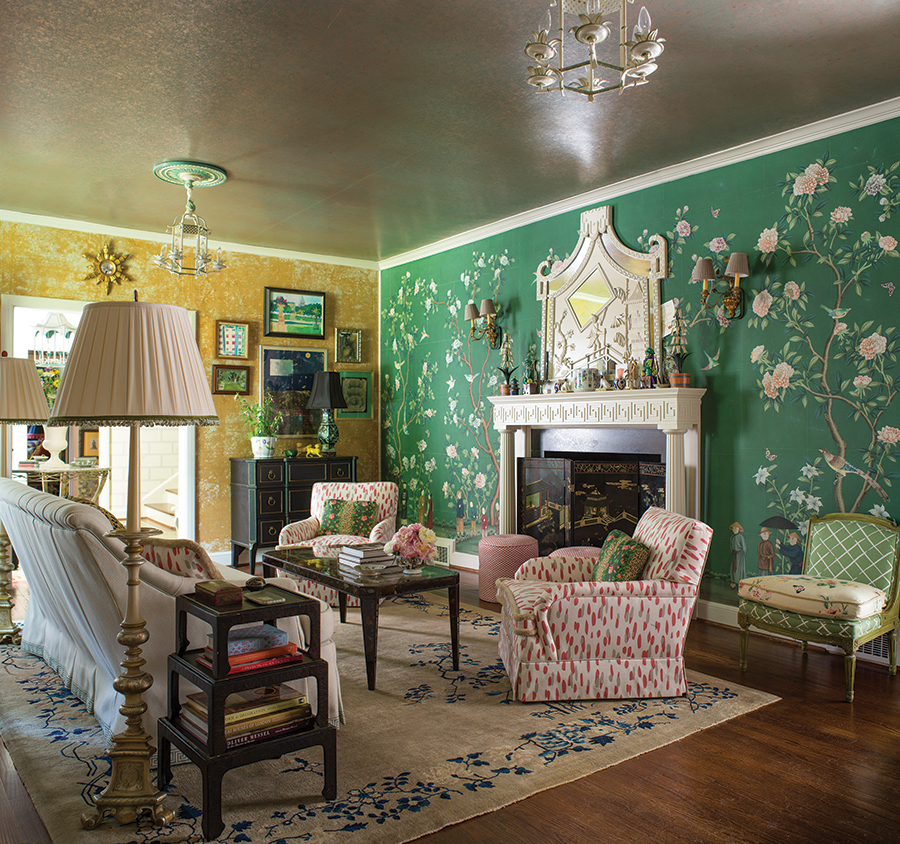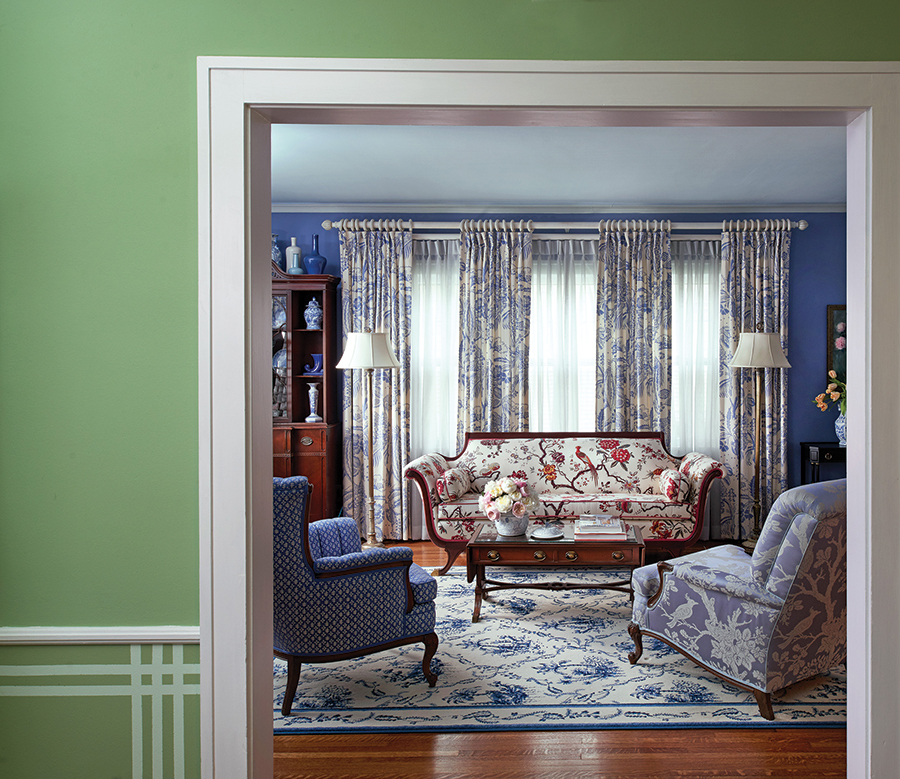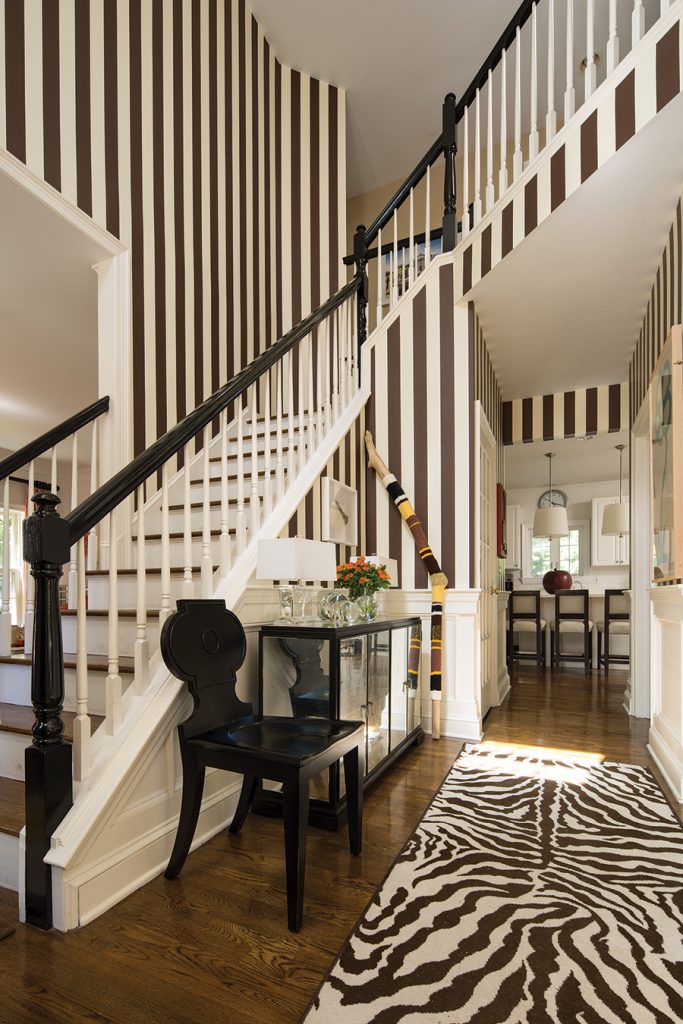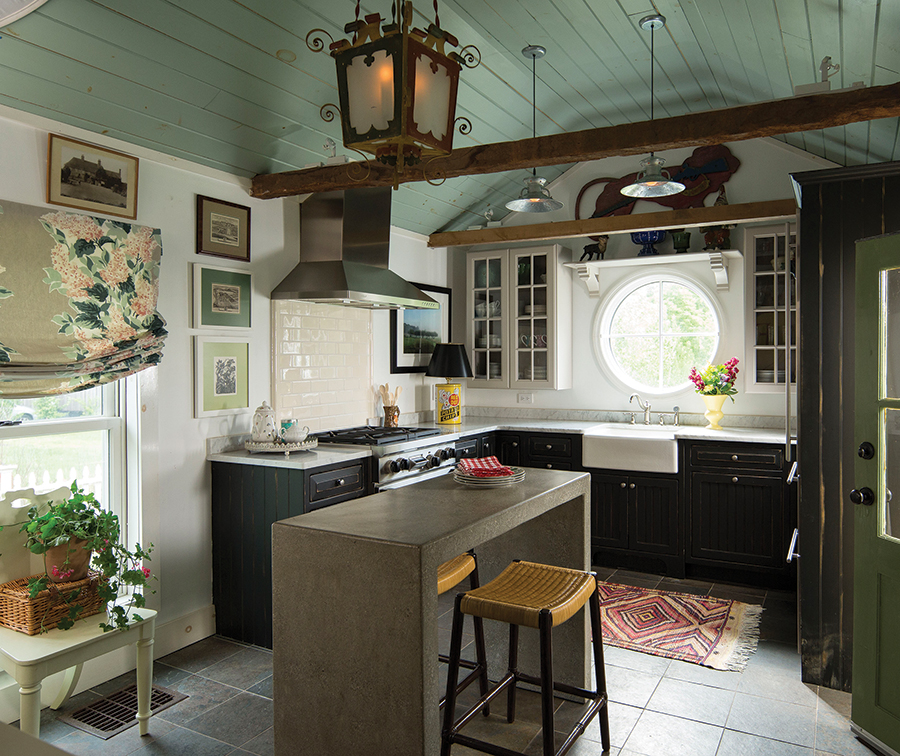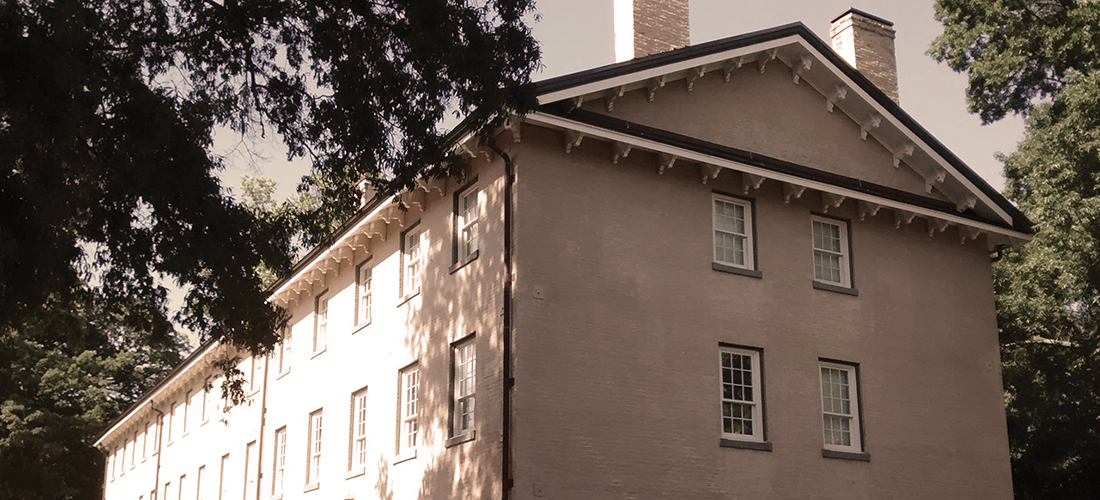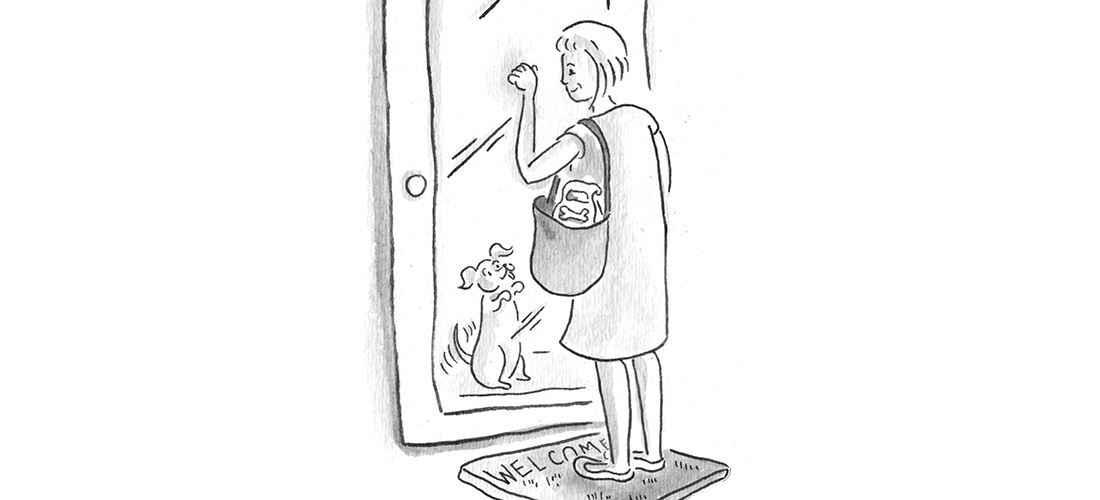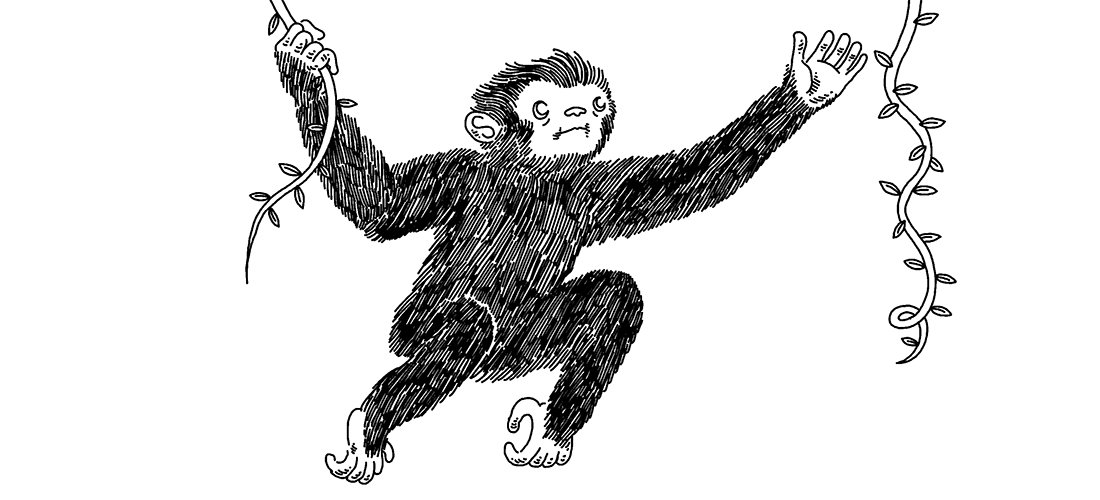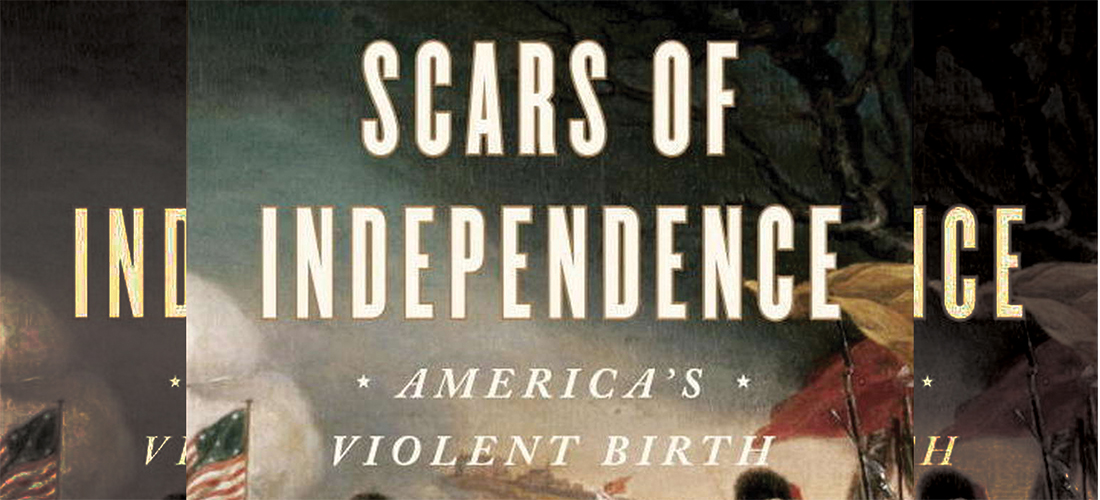Tobacco Road
Home is where the nicotiana grows. And where it doesn’t
By Serena Brown
There’s a painting of the McLeod farm hanging above my desk. It was painted around this time of year. The sky is that pale, hazy Carolina blue of summer, thick with humidity; shirt-wringing, not-moving hot. It was a hundred degrees in the shade of the painter’s hat when he made that picture and, after years of washed-out British summers, he was very happy about it.
Back here in England we have tobacco growing in our garden. I use the word “growing” in a spirit of optimism; y’all know the conditions in which tobacco thrives — they’re a bit hard to recreate in a maritime climate. By the time you read this the Sandhills bright leaf will be 4 1/2 feet high and partially, if not totally, plucked from the stalk. Our seedlings have yet to nudge bravely into the Dorset air. We had a heat wave in July — which in England means it was 80 degrees for the three days until the weekend — so there’s still room for hope.
It wasn’t a deliberate decision, the planting of the tobacco. Back in the spring we were at our local garden centre stocking up on canes for the sweet peas. The rows of seed packets had caught our toddler son’s attention, and he was gazing happily at the wall of brightly coloured potential.
After a while he quite deliberately walked up to the packets and picked one off. Keen to encourage what I fondly imagined was a burgeoning interest in horticulture, I received it with enthusiasm. I didn’t really look at the packet, just saw a picture of some pretty, trumpet-shaped white flowers and the words VERY FRAGRANT BLOOMS. “That sounds nice,” I thought. I congratulated the toddler on his good taste and put the seeds into our basket.
When we got home and unloaded our shopping, my husband smiled a wry Southern smile and asked, “Why’d you buy tobacco?”
“What?”
“You bought tobacco seeds. Look.”
Nicotiana. Oh yes. And written in little letters on the back: Nicotiana sylvestris. Common name: Tobacco Plant. So I had.
The flowers look rather different in a close-up photograph of an herbaceous border. And, as everyone in tobacco country knows, those very fragrant blooms don’t get to stick around for long in a field before they’re topped, so they’re not the part of the plant I’d recognise. The only further point in my defence — and it’s a weak one — is that sylvestris is a South American variety of the Nicotiana tabacum with which we’re all familiar.
When “home” means more than one place, there are ways of making bridges and doorways between those worlds, no matter how far apart. When we were living in the Sandhills I knew I had only to breathe in the aroma of those high tobacco plants to be transported back to the old-fashioned, cigarette box scent of my childhood home.
Now we’re back in England, and those portals work the other way. Smelling a fresh cigarette now takes me to those fields around Carthage. The taste of bourbon is a journey to a field off Young’s Road. Once I’ve mistaken a passing vehicle for the sound of the evening train.
If I had been trying to find those quiet gateways for our garden, I have to admit that Nicotiana sylvestris wouldn’t have been at the top of my list. I can sniff a cigarette box for that effect. No, I’m waiting until our roots are a little deeper, when I shall realise my quiet ambition to achieve a grove of dogwood trees. Oh, how I miss the dogwoods.
However, by serendipity we have plenty around us to connect us to the Sandhills. There is a jasmine in the garden of the house we’re renting, so there’s a whiff of the jessamine fence at our little house on May Street. The honeysuckle rambling over our garden works as a gateway between the lake we used to walk round near Whispering Pines, a tangle of wildflowers, snakes and otter trails landscaped by a family of beavers, and the English hedgerows with their birdsong and bluebells and Queen Anne’s Lace.
Our local landmark is a hill topped by a stand of pine trees. We live by the sea, that threshold to, well, Brittany in our case, but if we set a more westerly course — and improved our sailing skills — we’d find ourselves on the shores of Hatteras directly.
I’ve just leaned over to the window and checked the thermometer, a Taylor gem from Carthage Farm Supply, and it’s reading 60 degrees. Perhaps we shouldn’t hold our breath for our tobacco crop. Instead we’ll light the grill, kick back on our (glassed-in) porch, put on an old-time country record and smell the honeysuckle. And whiskey. Home from home, wherever we are.
Serena Brown, the former senior editor of PineStraw, would like to remind everyone to feed the hummingbirds. They like tobacco plants too.

